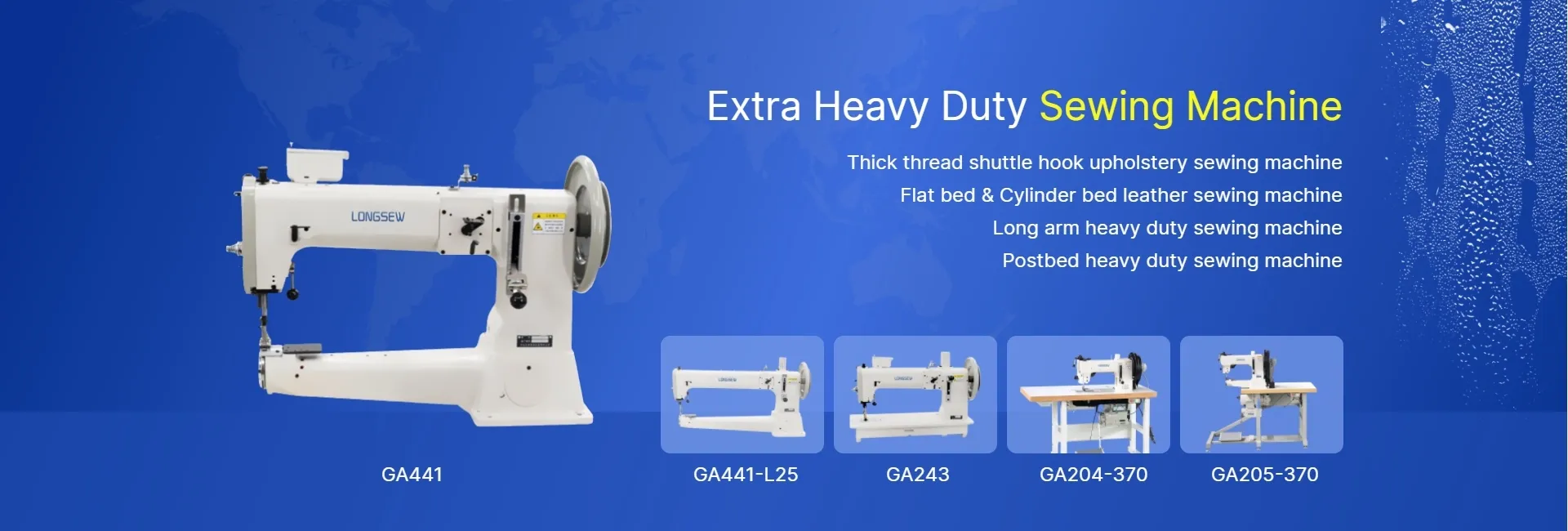Innovative Sewing Machines for Efficient FIBC Bag Handle and Belt Assembly and Production
The Importance of FIBC Bag Handle Belt Sewing Machines in the Manufacturing Process
Flexible Intermediate Bulk Containers (FIBCs), commonly known as bulk bags, serve a crucial role in various industries by providing an efficient and effective means of packaging and transporting bulk materials. The design of these bags includes several essential components, one of which is the handle. The handle not only facilitates easy lifting and maneuvering but also enhances safety during loading and unloading. To ensure these features are effectively integrated, specialized machinery, such as FIBC bag handle belt sewing machines, has become indispensable in the manufacturing process.
Understanding FIBC Bags
FIBC bags are large containers made from woven polypropylene that can hold a wide range of materials, from dry chemicals and food products to construction materials and agricultural goods. Their versatility makes them a preferred choice across multiple sectors, including agriculture, chemicals, pharmaceuticals, and construction. The construction of an FIBC bag typically involves a top opening, side walls, a weight-bearing bottom, and sturdy handles that allow operators to lift and transport heavy loads safely.
The Role of Handle Belt Sewing Machines
FIBC bag handle belt sewing machines are specifically designed to create and attach handles to the bags. These machines utilize advanced sewing technology to ensure that the handles are securely integrated into the bag's body, providing the necessary strength and durability. The handles are often made from the same woven polypropylene fabric and are stitched into the bag using robust sewing techniques that can withstand considerable weight.
fibc bag handle belt sewing machine

One of the key advantages of using a handle belt sewing machine is the consistency it brings to the manufacturing process. High-quality sewing machines can deliver precise and uniform stitching patterns, significantly reducing the likelihood of defects that could lead to handle failure. This consistency is vital not just for the operation of the bags, but also for the safety of workers who rely on these handles to move heavy materials.
Efficiency and Production
The introduction of automated FIBC bag handle belt sewing machines has significantly improved the efficiency of production lines. As demand for FIBCs continues to grow, manufacturers are under pressure to increase output while maintaining quality. Automated sewing machines can operate at high speeds, sewing multiple bags in considerably less time than manual methods would allow.
Furthermore, these machines can be programmed for various handle types and bag sizes, allowing manufacturers to diversify their product offerings without significant downtime during production changes. This flexibility is essential for meeting the varying needs of different industries, ensuring that manufacturers can remain competitive in a dynamic marketplace.
Conclusion
In summary, FIBC bag handle belt sewing machines play a critical role in the manufacturing of flexible intermediate bulk containers. These machines not only enhance the strength and durability of the bag handles but also improve production efficiency and consistency. As industries continue to evolve and demand for FIBC bags increases, the importance of specialized machinery in ensuring product quality and operational efficiency cannot be overstated. Investing in advanced sewing technology thus becomes a priority for manufacturers aiming to meet the growing needs of diverse sectors. The reliable and safe handling capabilities provided by FIBC bag handles directly impact the overall effectiveness of transportation and storage solutions across the globe, making these machines a key component in modern manufacturing processes.
-
Revolutionizing Sewing with CNC TechnologyNewsMar.28,2025
-
Revolutionizing Efficiency with Automatic Sewing MachinesNewsMar.28,2025
-
Mastering Precision with Sewing Machines and ToolsNewsMar.28,2025
-
Mastering Precision with Double Needle and Chain Stitch Sewing MachinesNewsMar.28,2025
-
Leather Sewing Machines for Every NeedNewsMar.28,2025
-
Find the Best Deals on the Adler 205 370 Sewing MachineNewsMar.28,2025
-
The Essential Guide to Overlock Sewing MachinesNewsMar.18,2025





























